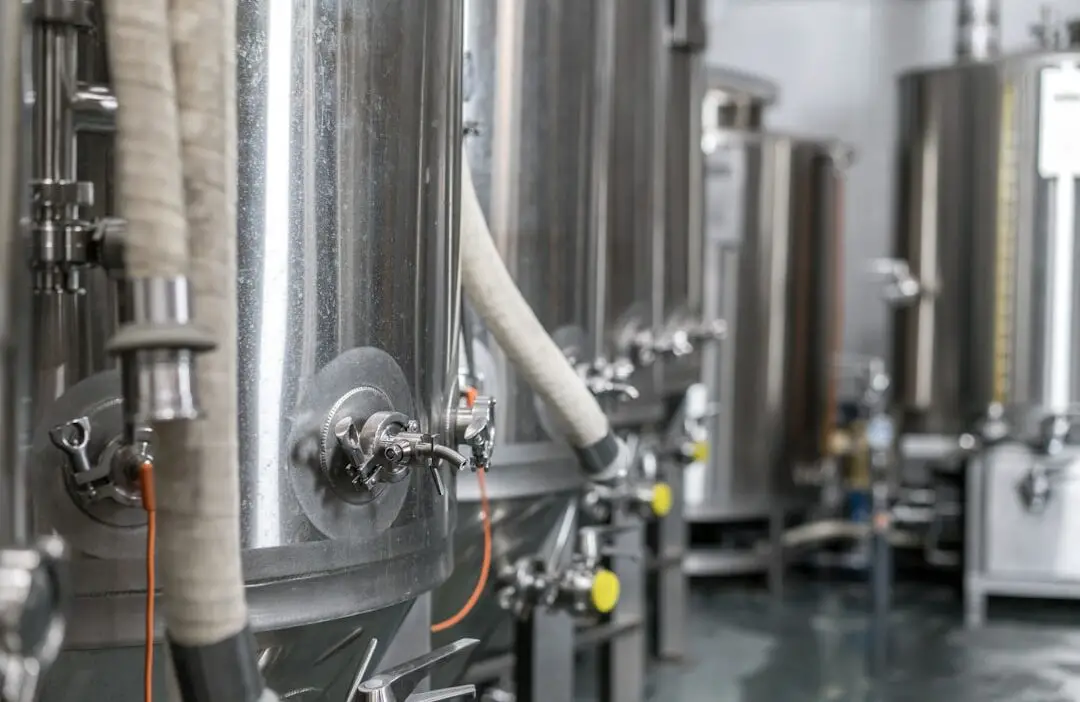## Decoding VAT: What It Is and Why Some Politicians See It as a Problem
Value-added tax (VAT) is a consumption tax levied on the value added at each stage of production and distribution of goods and services. Think of it like a snowball rolling downhill, gathering more snow (tax) as it goes. From raw materials to the final product on a store shelf, each business in the chain adds its markup, and the VAT is applied to that added value. The ultimate consumer bears the final cost, included in the price they pay. It’s used in over 170 countries worldwide, including all OECD members except the United States. But why doesn’t the US have a VAT, and why do some politicians, like Donald Trump, express reservations about it?
The main argument for a VAT is its potential to generate substantial revenue. Because it’s applied at every stage of the supply chain, it creates a broader tax base than, say, a sales tax which is only applied at the final point of sale. This can be particularly attractive to governments looking for stable revenue streams to fund public services like healthcare, education, or infrastructure projects. Proponents also argue that VAT can encourage saving and investment, as it taxes consumption rather than income. Moreover, VAT is often touted as a more efficient way to collect taxes because the burden of collection is spread across businesses, making it harder to evade.
However, VAT also comes with its share of criticisms. One frequently voiced concern is its potential regressivity. Since everyone pays the same rate regardless of income, lower-income households end up spending a larger proportion of their income on VAT than wealthier households. This is because they spend a higher percentage of their income on necessities. While some countries mitigate this by applying lower VAT rates to essential goods like food and medicine, the regressive nature remains a concern. Another point of contention, particularly relevant to Donald Trump’s past statements, is the perceived complexity of a VAT system. Implementing and administering a VAT requires significant bureaucratic infrastructure to track and collect the tax at each stage of the supply chain. This complexity can create opportunities for fraud and tax evasion, adding to administrative burdens and potentially offsetting some of the revenue benefits. Trump has, at times, characterized VAT as a “big, fat hidden tax,” suggesting that its inclusion in the final price of goods obscures the true cost to consumers and could lead to higher overall prices.
Ultimately, the debate over VAT comes down to a complex balancing act between revenue generation, economic efficiency, and social equity. While the potential for increased government revenue is appealing, concerns about its impact on low-income households and the administrative complexities it entails remain significant hurdles. The experience of other countries suggests that a well-designed VAT system can contribute positively to government finances, but the political and economic context, particularly public perception and administrative capacity, play a crucial role in its success or failure. Whether the US ever adopts a VAT system, and what form it might take, will undoubtedly be the subject of ongoing political and economic debate for years to come.



